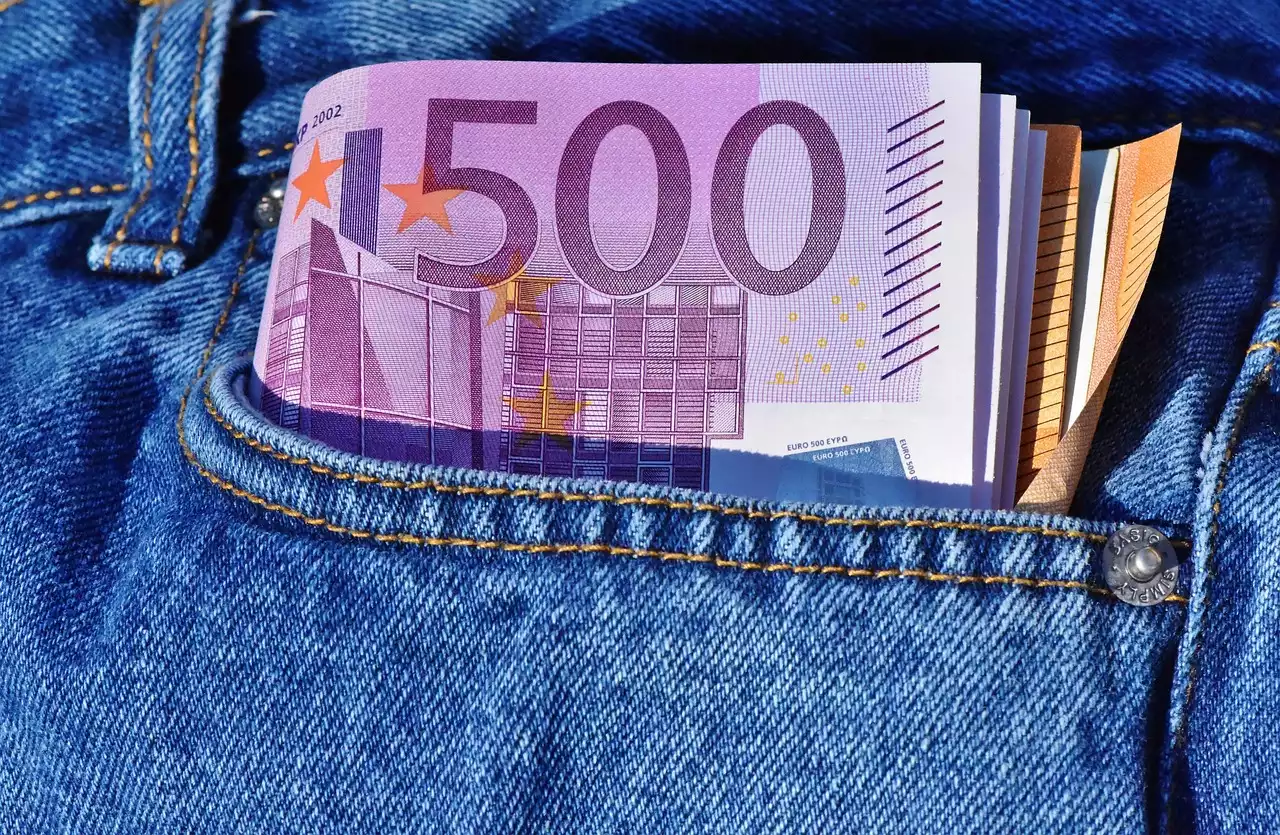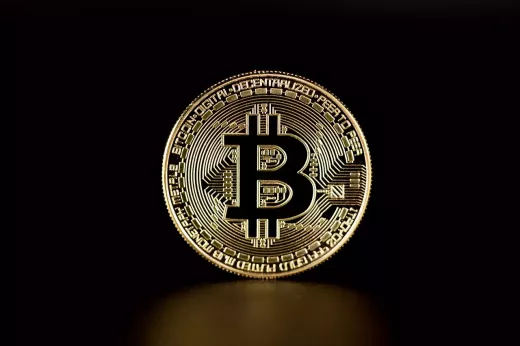What is commodities and metals trading?
Commodities and metals trading is the buying and selling of raw materials and other products that are used as inputs in other industries. Commodities and metals trading is often a trans-seasonal process, where traders buy products when they are cheap and sell them when they are expensive to earn a profit. Commodities and metals trading is the buying and selling of raw materials and other products that are used as inputs in other industries. These raw materials can include metals, minerals, and agricultural products. Traders often purchase these materials when they are cheap and sell them when they are more expensive. Commodities and metals trading is the largest market in the world. It is estimated that commodities and metals trading accounts for approximately $3.7 trillion every year.
Understanding the fundamentals
There are two distinct types of commodities and metals trading: spot trading and futures trading. Spot trading is the buying or selling of a product that will be delivered shortly. This type of trading is typically carried out by large commercial firms. Futures trading is the buying or selling of a product that will be delivered at some point in the future. The delivery date is predetermined, and the price of the commodity or metal is set when the futures contract is first made. Futures trading is typically carried out by smaller investors or traders hoping to capitalize on the large fluctuations in the commodities or metals market.
Benefits of commodities and metals trading
There are numerous benefits to trading commodities and metals. Some of these benefits include
- High-profit potential: The commodities and metals market is extremely competitive, and the margins are extremely tight. However, the potential for high profits is still very real. An understanding of the market and constant monitoring are essential.
- Low barrier to entry: The commodities and metals market is open to all traders, regardless of their background. All that is required is a computer with an internet connection and start-up capital.
- Liquidity: The commodities and metals market is extremely liquid and offers 24/7 trading. - Risk diversification: The commodities and metals market is highly correlated with other financial assets, such as equities, currencies, and bonds. This provides traders with a great deal of risk diversification.
Risk and volatility
When trading in the commodities and metals market, it is important to understand the inherent risk and volatility associated with the sector. The risk and volatility associated with the commodities and metals market are often much higher than other financial assets, such as stocks and bonds. This is because commodities and metals are affected by various other factors, such as weather patterns, government policies, and political events. Because commodities and metals trading is highly competitive, traders are often forced to sell their goods at a loss. This can cause a considerable amount of volatility in the market. Traders should be aware of this risk when entering the market and should be prepared to deal with periods of volatility.
Key players in the market
There are several players in the commodities and metals market, each with its specific role.
- Producers: Producers are companies that extract the raw materials used in the commodities and metals market. They are responsible for creating the supply of commodities and metals.
- Investors: Investors are individuals or companies that purchase commodities and metals in the hope that the price of the commodity or metal will increase, allowing them to sell the commodity and metal at a profit.
- Distributors: Distributors are companies that purchase commodities and metals from producers, and then resell them to end-users or buyers.
Market analysis
One of the most important aspects of commodities and metals trading is analyzing the market. This is critical for all traders, regardless of their experience level. Market analysis helps traders understand the fundamental factors affecting the market and to what extent. This can help traders identify the best times to enter the market and the best times to exit the market. There are several factors that traders should consider when analyzing the market. Market analysis often includes
- The supply and demand of commodities and metals: This is perhaps the most important factor when analyzing the commodities and metals market. If there is an imbalance between supply and demand, the price of commodities and metals will increase.
- Government and political events: Government and political events can have a significant impact on the commodities and metals market. For example, an increase in government spending could increase the demand for commodities and metals.
Popular strategies for trading commodities and metals
There are many different strategies that traders can use when trading commodities and metals. These strategies are often used in combination with one another. Some of the most common strategies include
- Arbitrage: Arbitrage involves purchasing and selling the same commodity or metal at the same time in different markets. This allows traders to lock in an arbitrage profit by purchasing the commodity or metal at one market and selling it at another market at a higher price.
- Seasonal trading: Seasonal trading involves purchasing commodities and metals that are used for seasonal products at low prices. Traders can sell these commodities and metals at higher prices when the demand for seasonal products increases.
There is no single regulatory body that oversees commodities and metals trading. Different countries have different regulatory frameworks for commodities and metals trading. The United States, for example, does not have a single regulatory body that oversees commodities and metals trading. There are, however, many state-level regulatory bodies that regulate commodities and metals trading. In the European Union, commodities and metals trading is overseen by the European Securities and Markets Authority.










